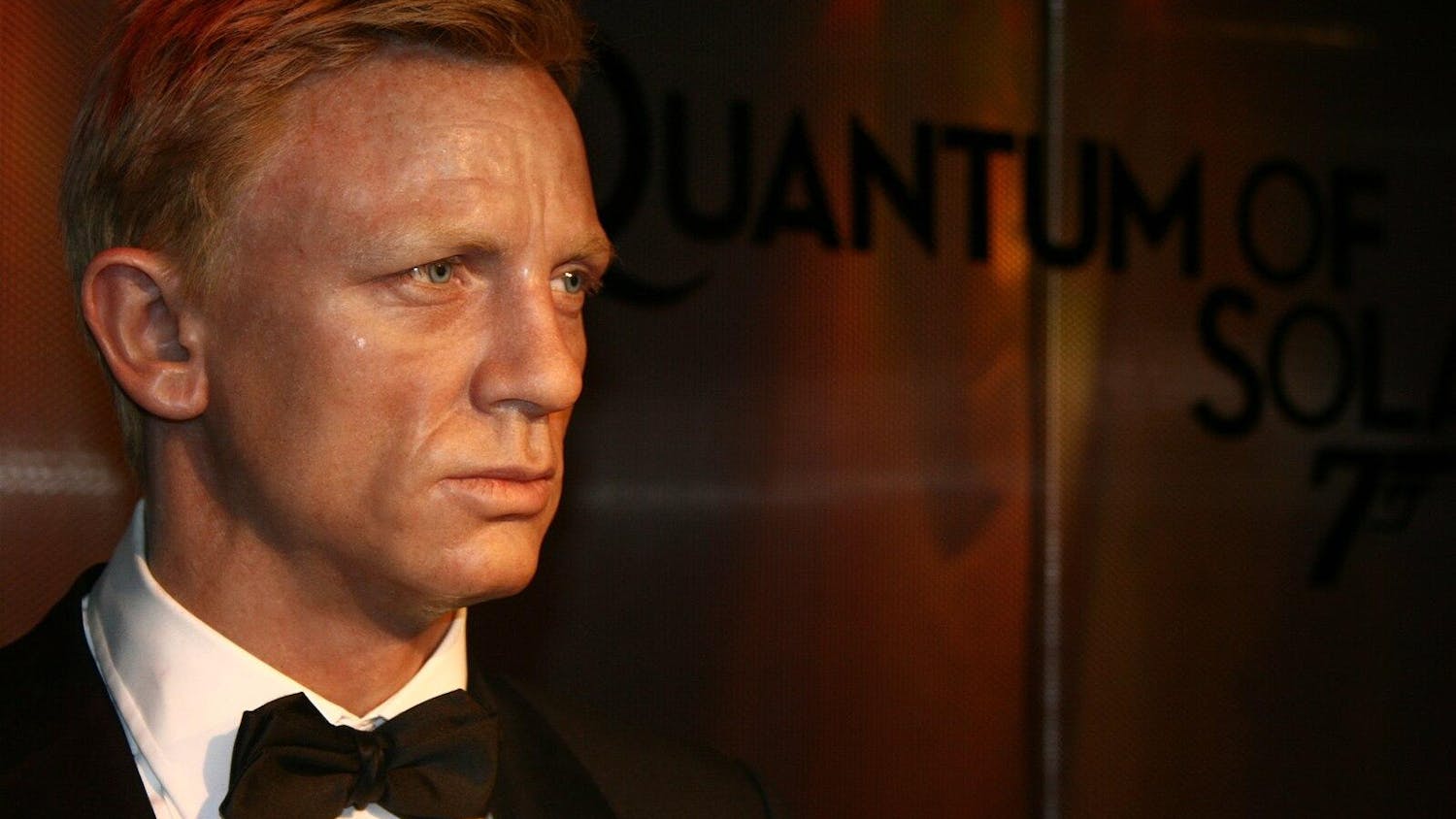Followingtwo lighthouse keepers — the younger, mysterious Ephraim Winslow (Robert Pattinson) and the older, slightly senile Thomas Wake (Willem Dafoe) — “The Lighthouse” (2019) is a slow-burning descent into madness that’s thrilling to watch. It’s a fresh film that feels handmade, original and is thought-provoking. “The Lighthouse” was born from director Robert Eggers’ love of folklore and the occult. Eggers explained the process behind writing “The Lighthouse” and working with Pattinson and Dafoe in a Boston media roundtable last Thursday.
“In telling a story about two lighthouse keepers at the end of the 19th century … I wanted to get into the folklore of the sea,” Eggers said. This includes mermaids, larger-than-life storms, seagulls and the souls of dead sailors. The folklore is seen best through Wake, who devoutly practices the religion of the sea and is both terrified and in awe of everything it brings. “It’s no surprise that sailors have a lot of superstitions because any belief system is created to find some order in the chaos,” Eggers said.
Robert Eggers wrote the script for “The Lighthouse” with his brother Max Eggers, who had been mulling over the idea of a ghost story in a lighthouse, beginning with the folklore of New England and the British Isles. It’s not unknown territory for Robert Eggers — in 2015, he wrote and directed “The Witch,” a 1630s period film that follows English settlers in New England and the terrifying forces that haunt them.
For “The Lighthouse,” Eggers and his brother thought about what folklore they could draw upon. “When we had finally found the story, we said to ourselves, ‘Is there a myth or multiple myths that this is the most like?’ and we went through and teased out the motifs that were closer to those things,” Eggers said.
Influences for “The Lighthouse” run much deeper than regional folklore. Several shots were inspired by German painter Sascha Schneider, whose homoerotic art featured plenty of mythology and fantasy.
“Him and a few other Symbolist painters were influential in the mythological visuals of the movie,” Eggers said.
One of the most striking aspects of the wonderfully weird mythos is a mermaid (Valeriia Karaman) who becomes an image of sexual attraction for Winslow. It’s strange, sexy and ties well into Winslow’s sexual frustration throughout the film.
The success of “The Lighthouse” comes from Pattinson and Dafoe inhabiting their characters as salty lighthouse keepers. “Dafoe felt like, ‘This character talks so much, the actions are so clear, I just need to do it and it will be there,’” Eggers said. He gave Dafoe and Pattinson plenty of material for creating the world of the film and developing their speaking dialects, including documentaries and sea shanties. Dafoe chose to live in a fisherman’s cottage close to set while filming, which helped keep him in character.
Pattinson’s process was a little different. “[Pattinson] wanted to know more specifics about backstory,” Eggers said. Pattinson brought up a variety of questions that “needed to be answered” for his mysterious character.
As for the rehearsal process, Eggers said it’s all about the camera. “Jarin Blaschke, the cinematographer, and I plan the camera placement and camera movement very specifically before we have our actors. The rehearsal is about the actors learning their blocking in relation to the camera so that it can feel natural, and not like they’re just meat puppets,” Eggers said. And while Eggers wasn’t expecting all-out performances during the rehearsals, he noted that Dafoe brought his “illustrious theater career” with him, delivering top-notch acting every time.
Beyond the acting, "The Lighthouse" delivers a satisfying suspenseful horror story. “The movie in general has a lot of genre tropes,” Eggers said. “The audience knows that when [Wake] says that it’s bad luck to kill a seagull, it’s going to be delivered upon. But then there’s other things that are done in passing, like expository dialogue, so that the audience is playing catch-up.” All of the mythos and images are there to provoke questions, not provide answers.
One of the film’s highest praises has been its technical aspects — 1.19:1 aspect ratio, black-and-white cinematography, portrait lenses from as early as 1905, shot on 35mm — which are inspired by everything from European cinema to early still photography. There was a lot of discussion between Eggers and Blaschke about these choices, especially about what camera to use when filming “The Lighthouse.”
“After doing some tests, we settled on double-x black-and-white negative, which hasn’t changed since the ’50s, and the blacks bottom out suddenly, in a way that, if you watch old movies, you just recognize immediately,” Eggers said. “All of that stuff, on the most simplistic level, makes it seem old-timey.” The choice adds a wonderful texture and grain to the film. That technical work allows for the audience to feel trapped on the island with the lighthouse, enjoying the madness and the mythos.
“The Lighthouse” is currently showing in theaters across the U.S.
Eggers talks mythos and making of 'The Lighthouse'

Robert Eggers, director and producer of the black-and-white horror film 'The Lighthouse', poses for a portrait.





